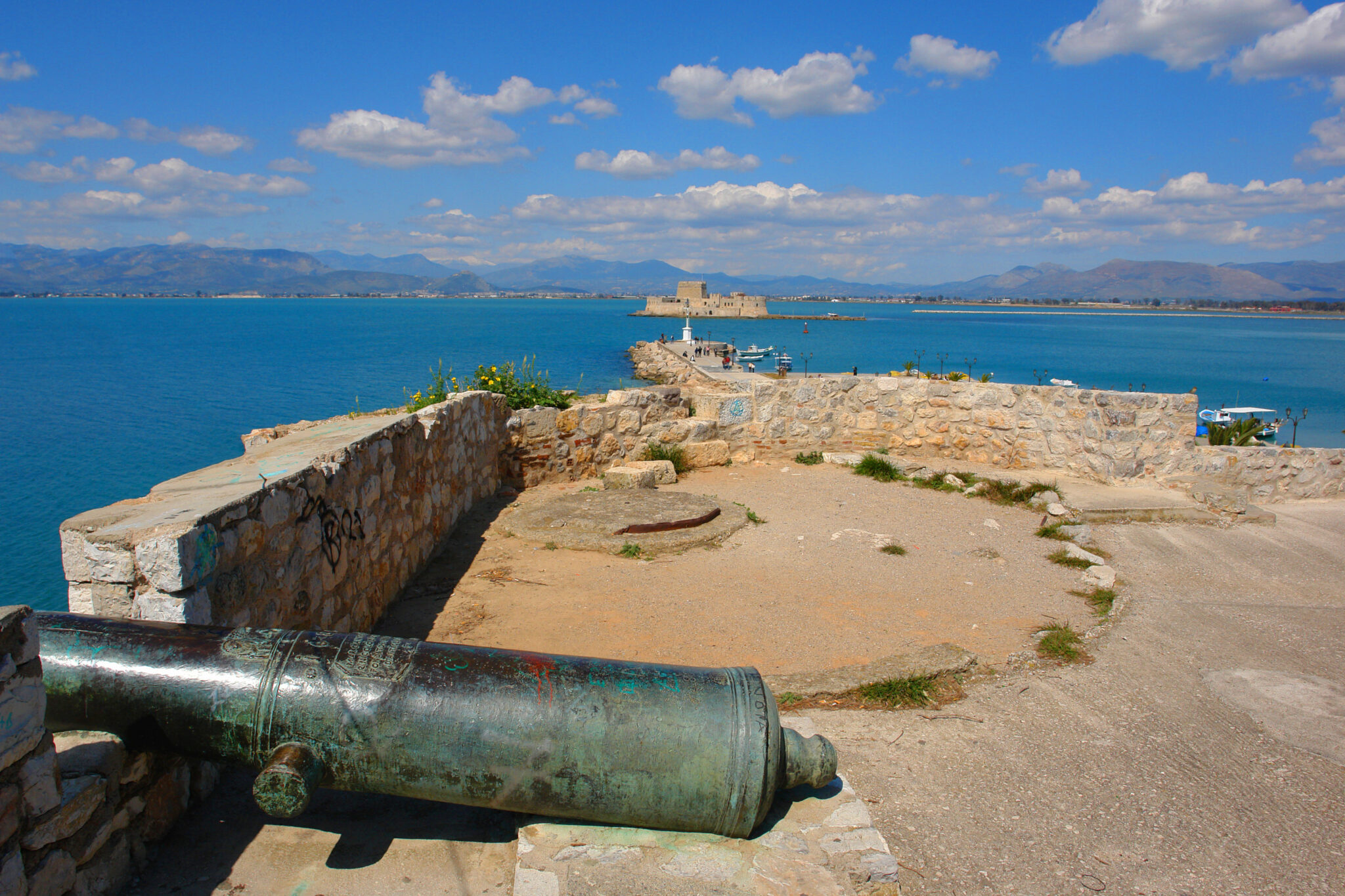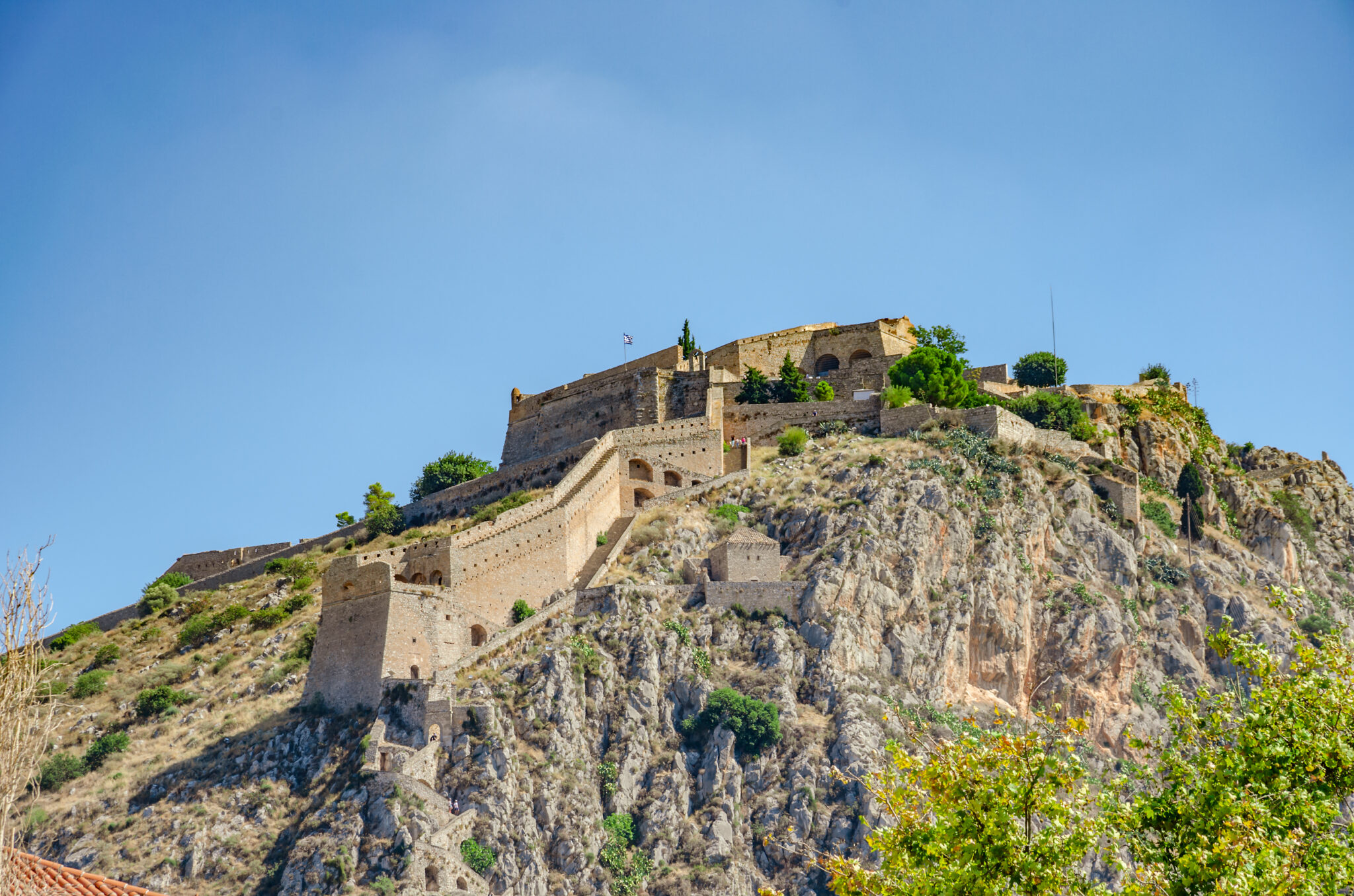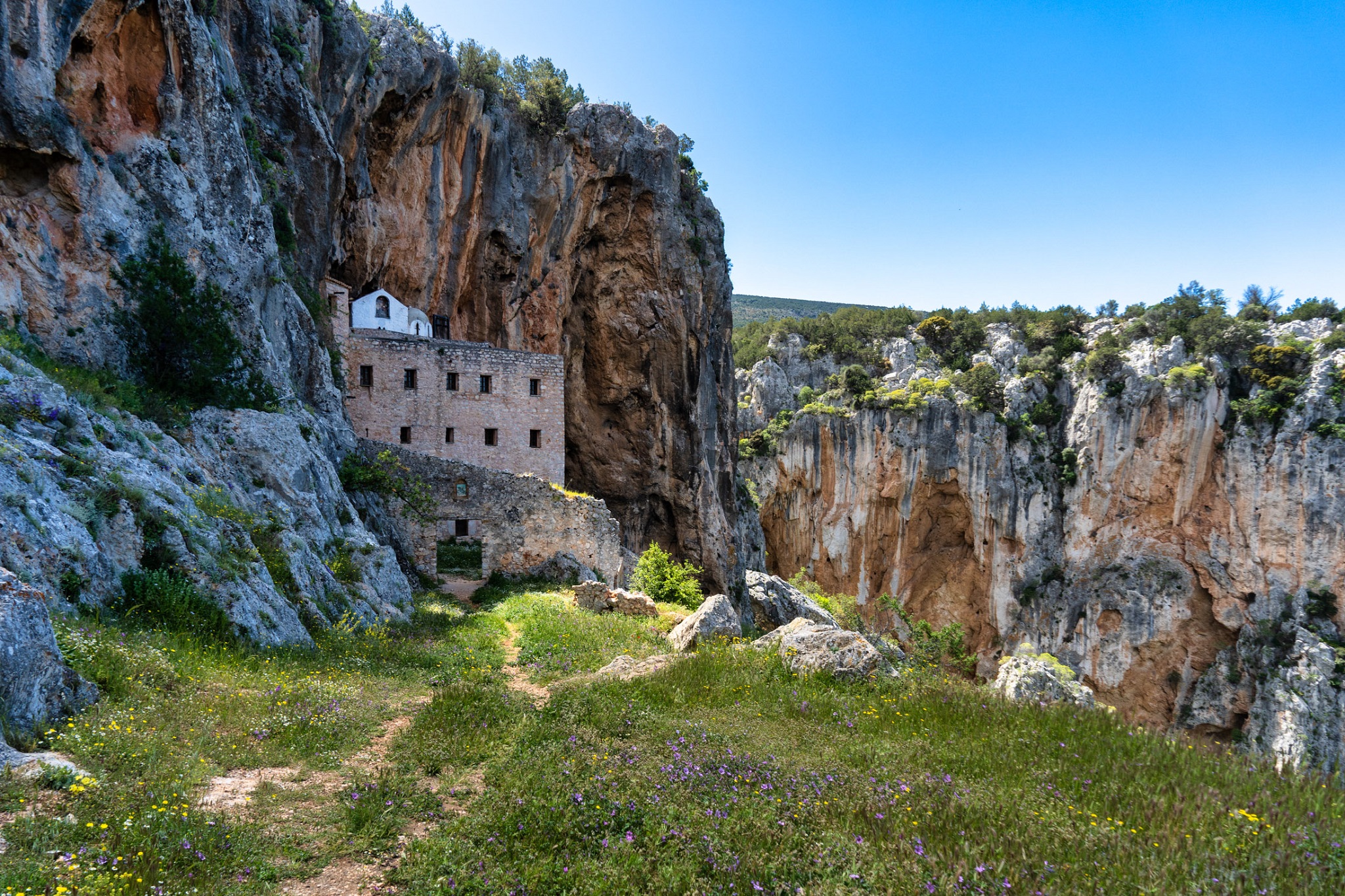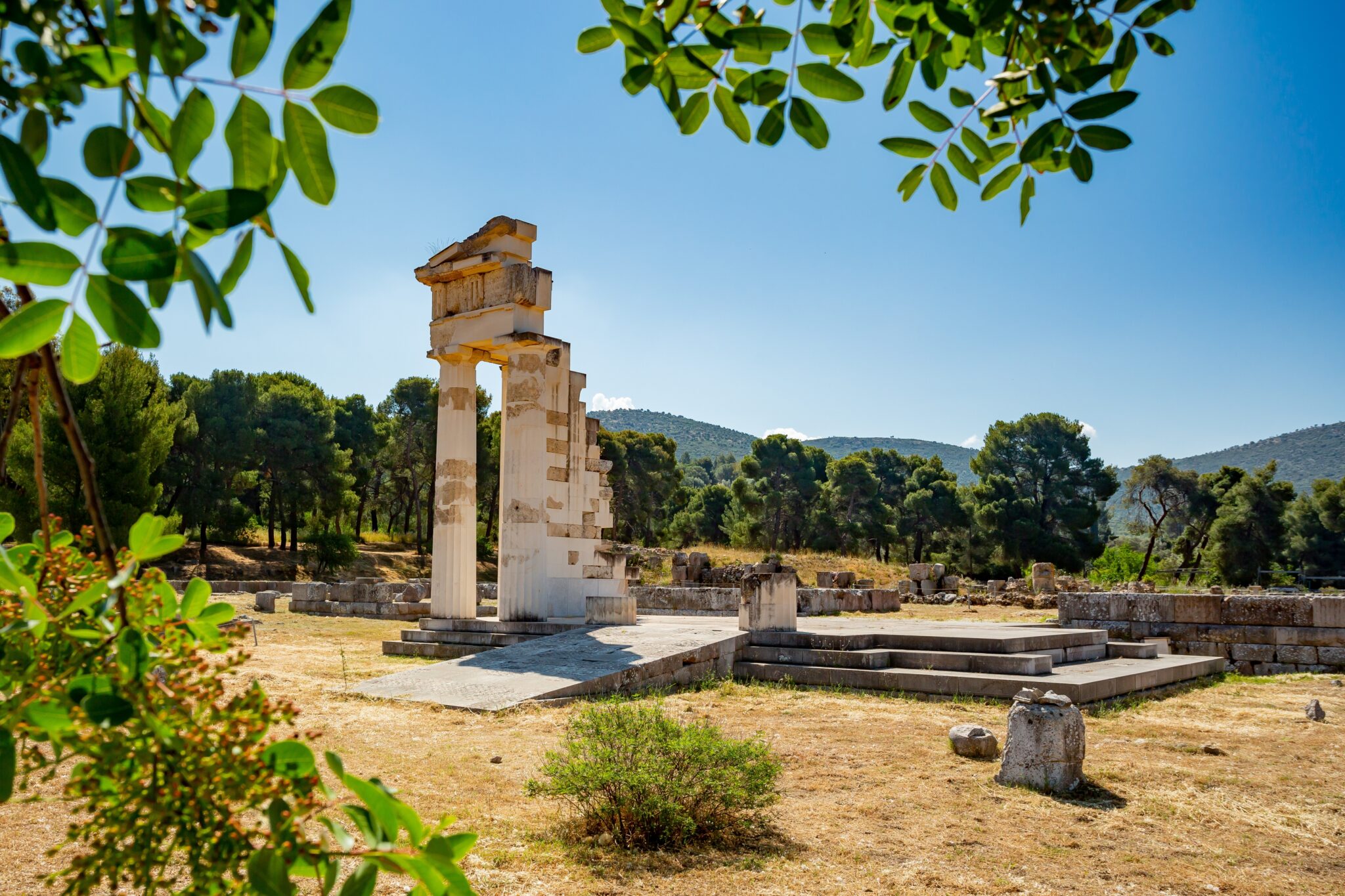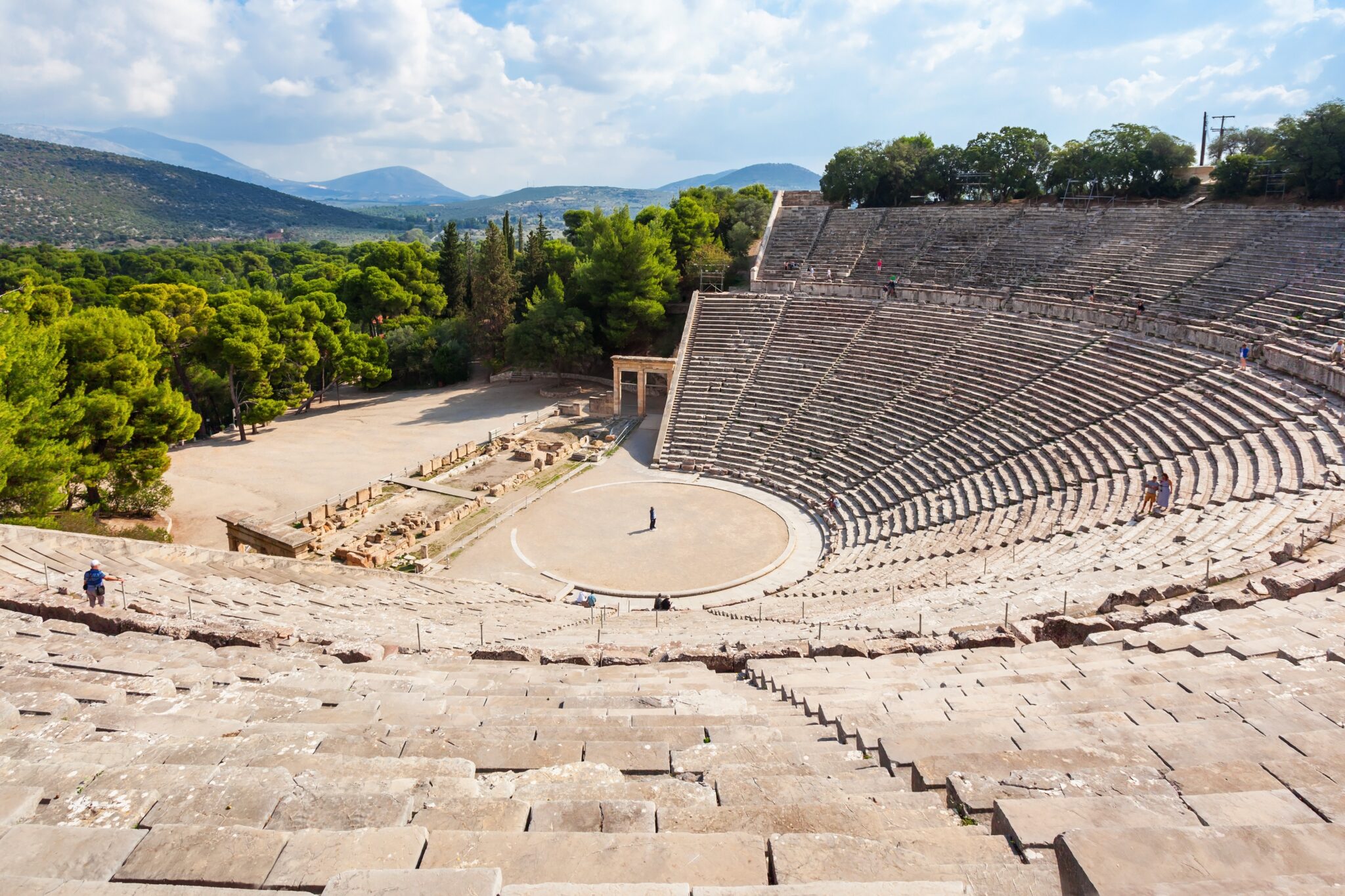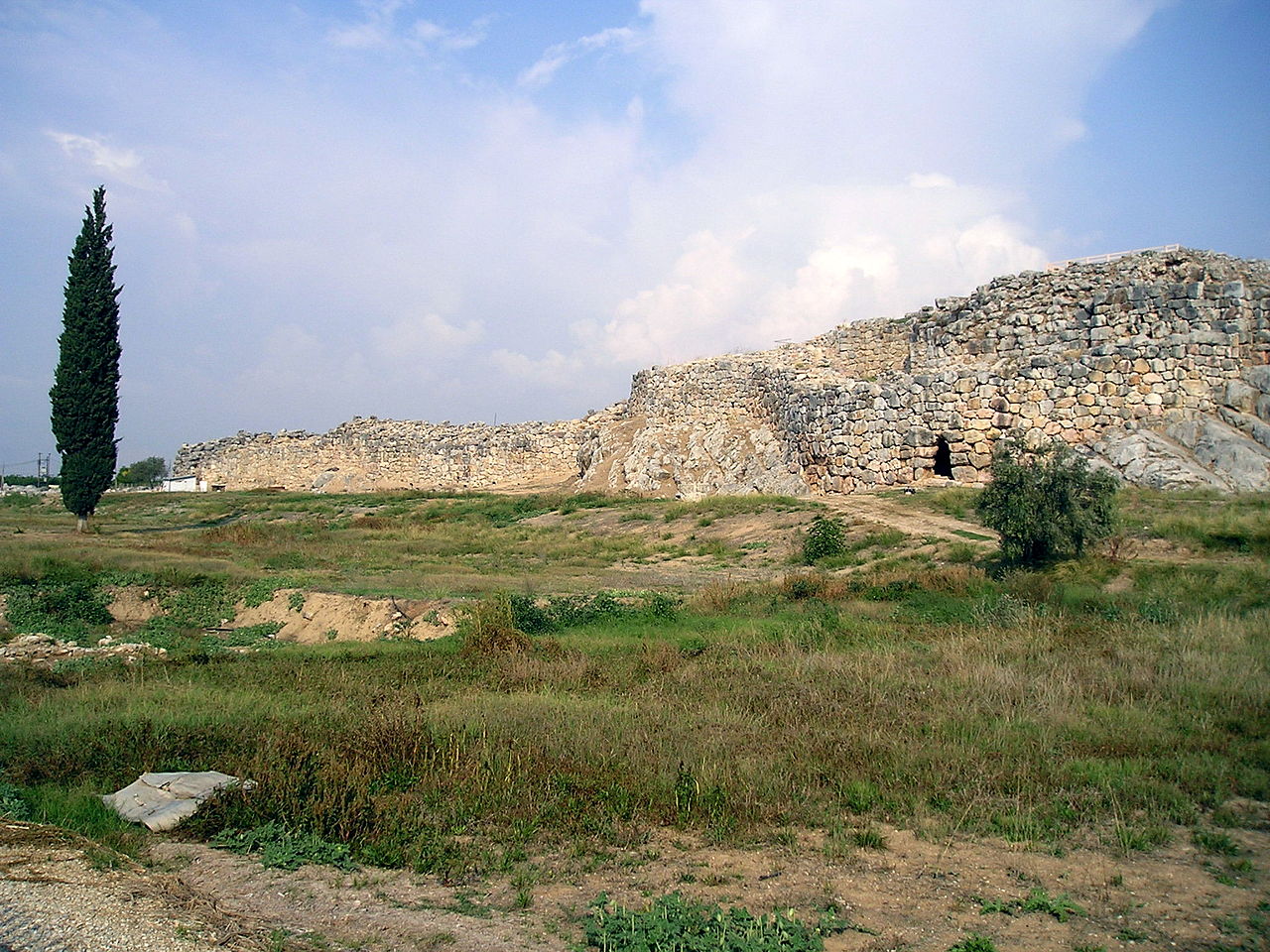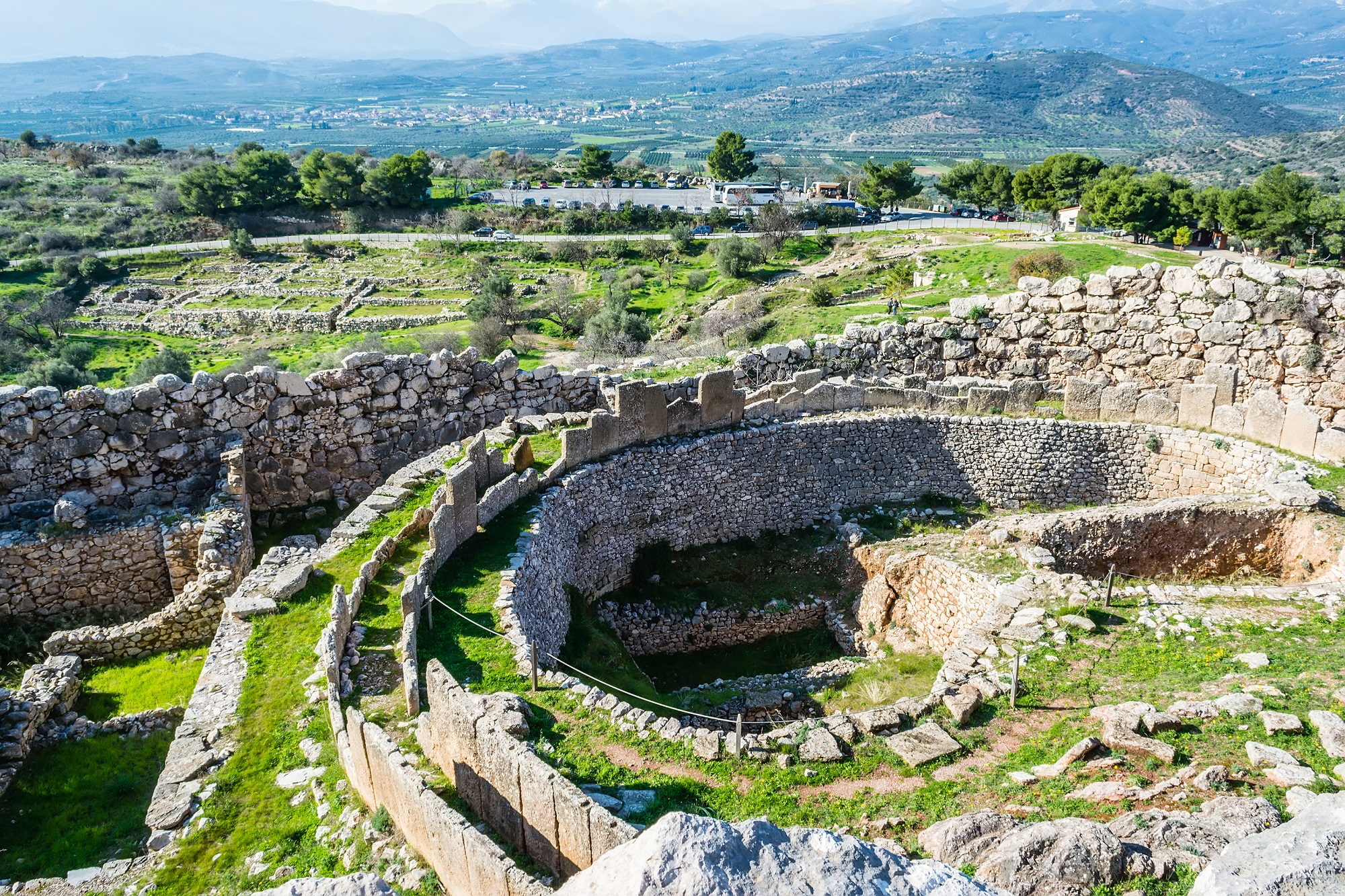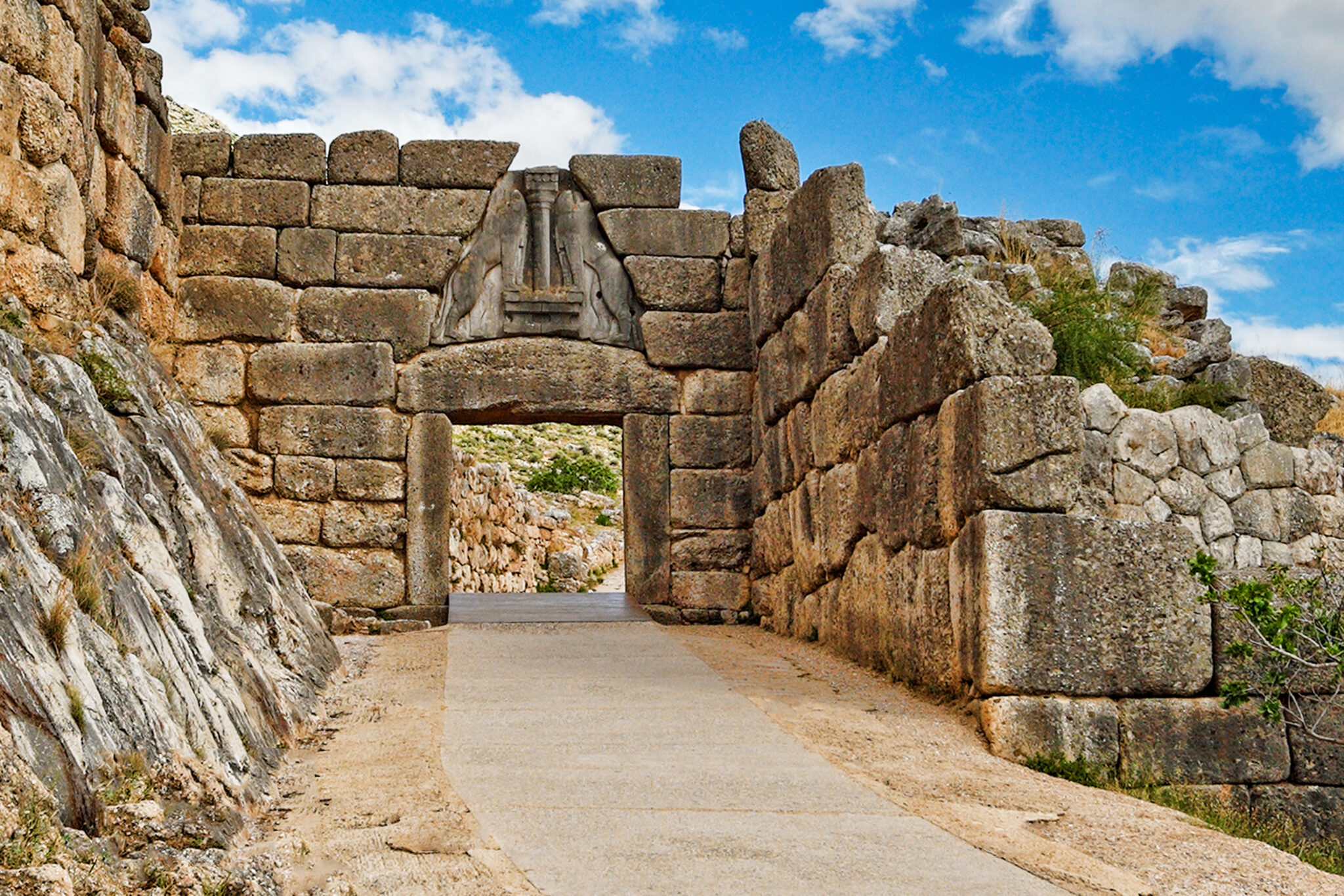You wouldn’t be blamed for wanting to spend all your time in Nafplio as it is an enticing city but the wider area has many stories to tell. Some of Greece’s greatest ancient sights are packed into the Argolid peninsula, a fabulous land of history and myth.
In ancient times Epidaurus was known for its Sanctuary of Asclepios, a healing centre, and today the beautifully preserved theatre standing amid a pine forest remains one of the most popular sights thanks to its annual theatre festival. The Myceneans had their home here and left their mark, as did the citizens of Argos, still the economic powerhouse of the region.
Hop into your an Avis vehicle and immerse yourself in the beauty of breathtaking vistas and iconic sites, relishing each picturesque moment in pure comfort.
Epidaurus
The theatre of Epidaurus is so well preserved that it is the setting for an acclaimed summer drama festival that attracts international productions. Buried for centuries beneath a slope of trees, and only discovered in the 1881, it was never remodelled or looted for its marble, so it has remained much as it would have been 2,500 years ago. Built in the 4th century BC by the architect Polykletos, the theatre can seat 14,000 guests and the acoustics are so good that even theatregoers in the top 55th tier can hear every line perfectly. A magnificent example of a Hellenistic theatre with an orchestra, theatron, and skene, the stage is 20 metres wide while the concave seats span 58 metres.
Once the most famous healing centre in the ancient world that drew visitors from all over the empire, the Sanctiary of Asklepios was dedicated to the son of Apollo who was believed to have been born here. Excavations continue but it is thought that the site was in use from the 6th century BC, and there are ruins of a 70 metre long sleeping hall where pilgrims would rest to be visited by the Gods in their dreams. Other notable buildings include the Propylae, a monumental vestibule which marked the entry to the sanctuary, a large guest house with 160 rooms, the Tholos where snakes were kept for use in rituals, and a stadium where games took place every four years.
There is a small museum with a collection of models and reconstructions to give an idea of how the site would have looked in ancient times. Archaeological Site of the Sanctuary of Asclepius at Epidaurus (Tel.:27530 22009, www.odysseus.culture.gr, €12)
Tiryns
1 kilometre from the sea, the citadel at Tiryns controlled the trade routes between the mainland and the Aegean islands and further. The area was inhabited before the Bronze Age and the ancients believed that the citadel was built for Proetus, brother of Akrisios, king of Argos, and grandfather to Perseus. The walls, up to 8 metres thick and 13 metres high, were said to have been constructed by Cyclops, the mythical giants from Lycia.
Some 3,500 years old, the site was first excavated by celebrity archaeologist Heinrich Schliemann and today the ruins are as impressive as they were to the traveller Pausanias nearly two thousand years ago who compared their might to the Egyptian Pyramids. Mooted as the birthplace of Hercules, it is easy to imagine the hero striding the colossal walls, eyeing the plain of Argos for adventure. Tiryns (Tel.:27520 22657, www.odysseus.culture.gr, €4)
Argos
Amid olive and citrus groves, Argos is the largest city in Argolis, almost twice the size of Nafplio, and it is one of the oldest continuously habited cities in the world and the oldest in Europe. In a strategic location, Argos became the major city in the Peloponnese under the rule of king Pheidon after the fall of Mycenae and Tirnys at the end of the Bronze Age, and Herodotus records the story of Argos being the birthplace of the Macedonian royal house of Philip II and Alexander the Great.
Remains of the classical city of Argos are scattered throughout the modern one and there are ruins of a Roman bath house, a well preserved roofed theatre, Odeon, and a market, Agora.
Mycenae
The brooding citadel of Mycenae, ‘rich in gold and once ruled much of the Mediterranean world’ as Homer describes, is wedged between ravines and sheer cliffs with commanding views of the Argive plain. Hewn from grey rock, the gloomy ruins are a counterpoint to the rich and powerful culture that ruled from 1500 BC to 1100 BC.
Walk through the famous Lion gate into a site of magnificent ramparts, huge domed tombs, throne rooms with vivid frescoes, intricate gold jewellery and burial masks; the city of the legendary king Agamemnon, leader of the Greeks in the Trojan War. Allegedly founded by Perseus, son of Zeus and Danae, the huge walls were said to have been constructed by Cyclops with stones that no human could lift, just as at Tiryns.
Thought to be no more than gripping legend, Schliemann struck gold first at Troy, and then Mycenae by establishing a link between the mythical and the factual, illustrating that an advanced culture developed here in this arresting location. There is a small museum on-site featuring replicas of the most famous exhibits held in the National Archaeological Museum in Athens, and representations of the city help to elucidate the first great Greek civilisation. Ancient Mycenae (Tel.: 27510 76585, www.odysseus.culture.gr, €12)
Read also:
Road Trip to Legendary Mycenae and Nafplio the First Capital of Greece
7 reasons why Nafplio is always a great idea
Nafplio, Pelion, Monemvasia: Spring driving in three of Greece’s loveliest areas



